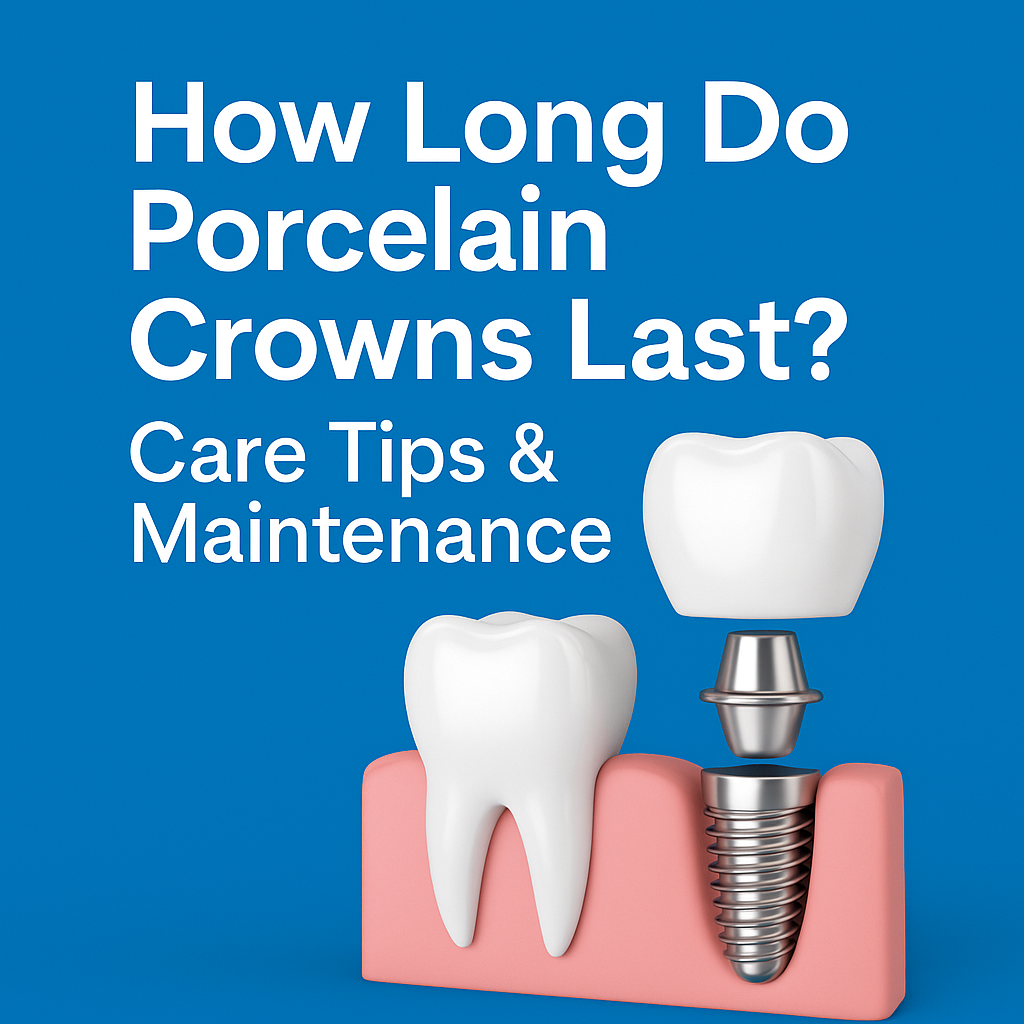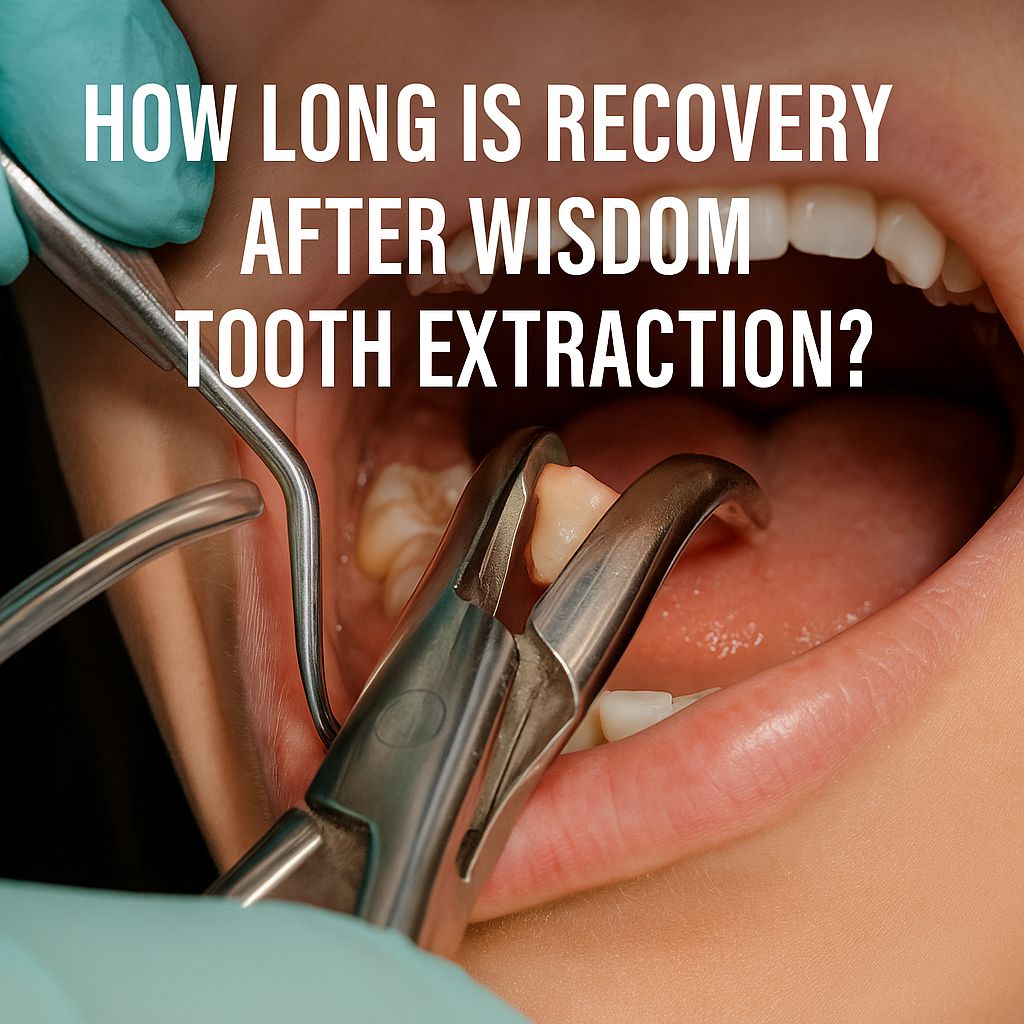The root canal is a popular dental procedure that many patients undergo. It involves removing diseased tissue to relieve discomfort. The majority of pains are from damaged teeth, broken teeth, facial injuries, dental operations, or big fillings.
What is a root canal?
It is also known as endodontic treatment and this is a dental procedure that eliminate the diseased or injured pulp from inside a tooth and sealing the root canal space. The dental pulp, which is made up of nerves, blood vessels, and connective tissue, is located in the natural cavity within the tooth’s root.
Causes of root canal:
Here are the leading causes of needing a canal procedure:-
- Severe tooth decay
- Deep dental cavities
- Injury to the tooth
- Cracked or fractured tooth
- Infection or inflammation of the tooth pulp
- Repeated dental procedures on the tooth
- Genetic predisposition to dental issues
- Poor oral hygiene leading to bacterial growth
- Untreated dental infections
How can you know if you need a canal?
- Shift in tooth color, generally to a gray or purple hue.
- Pain from biting
- Sensitivity, both acute and moderate, to temperature fluctuations, i.e., hot and cold.
- Persistent toothache
- The throbbing sensation lasts for several minutes or hours.
- Pain that is difficult to bear
- Swelling or soreness of lymph nodes in the neck
- Facing discomfort in the sinuses, jaw joint, or ears
- Swelling around the tooth
- Symptoms may include a recurring sinus or pimple in the gum, a poor taste, visible pus leaking from the tooth, or a large hole.
- Pain or discomfort while touching or tapping the teeth.
- Symptoms of a loose tooth include discomfort or bruising when pressing on the gums or cheeks around it.
Myths of root canal treatment:
- Root canal treatment is painful.
- A root canal needs several visits.
- A root canal is an expensive therapy.
- The benefits of this treatment are temporary.
- Tooth extraction is an excellent option for canal treatment.
How is the infection treated?
- An X-ray is taken of the tooth to identify any diseased or dead tissue.
- Dentists use anesthetic to numb the region surrounding the afflicted tooth.
- A protective barrier is created around the tooth to shield your gums and mouth.
- The diseased root canal region is cleansed with a dental drill, and the old root filling material is removed.
- The freshly cleansed area is subsequently filled with latex-based polymer filler.
- Materials such as amalgam or composite are utilized to fill the tooth.
- A permanent crown is put on the tooth to safeguard it from future infections.
What actions are necessary to avoid future infection?
- Brush your teeth regularly.
- Use antibacterial mouthwash for the first several days after the treatment.
- Take the medicine advised by your dentist.
- Opt for a final crown or permanent repair as soon as feasible.
- Avoid consuming hard meals.
- Get dental cleanings once a year, and don’t wait long if you see any indications of infection.
Who can do this treatment?
All dentists are certified to perform this procedure. Like medicine, dentistry also has different fields. Some dentists choose to specialize in root canals; this type of dentist is known as a Specialist in Endodontic. They have more experience with root canal treatments, as well as more specialist equipment, allowing them to handle more complex cases. Some cases are technically easier than others, and a general dentist can do them quickly.
Conclusion:
Root canal treatments are often painless procedures that eliminate infection while preserving teeth. They are part of the restoration procedure, and in this process, fillings are required to keep the tooth healthy and viable.
Visit Dr. Alexander Visot in Woodland Hills, California, for affordable root canal treatment. His skilled dental experts will give you a wonderful and comfortable experience for getting your root canal treatment done.





